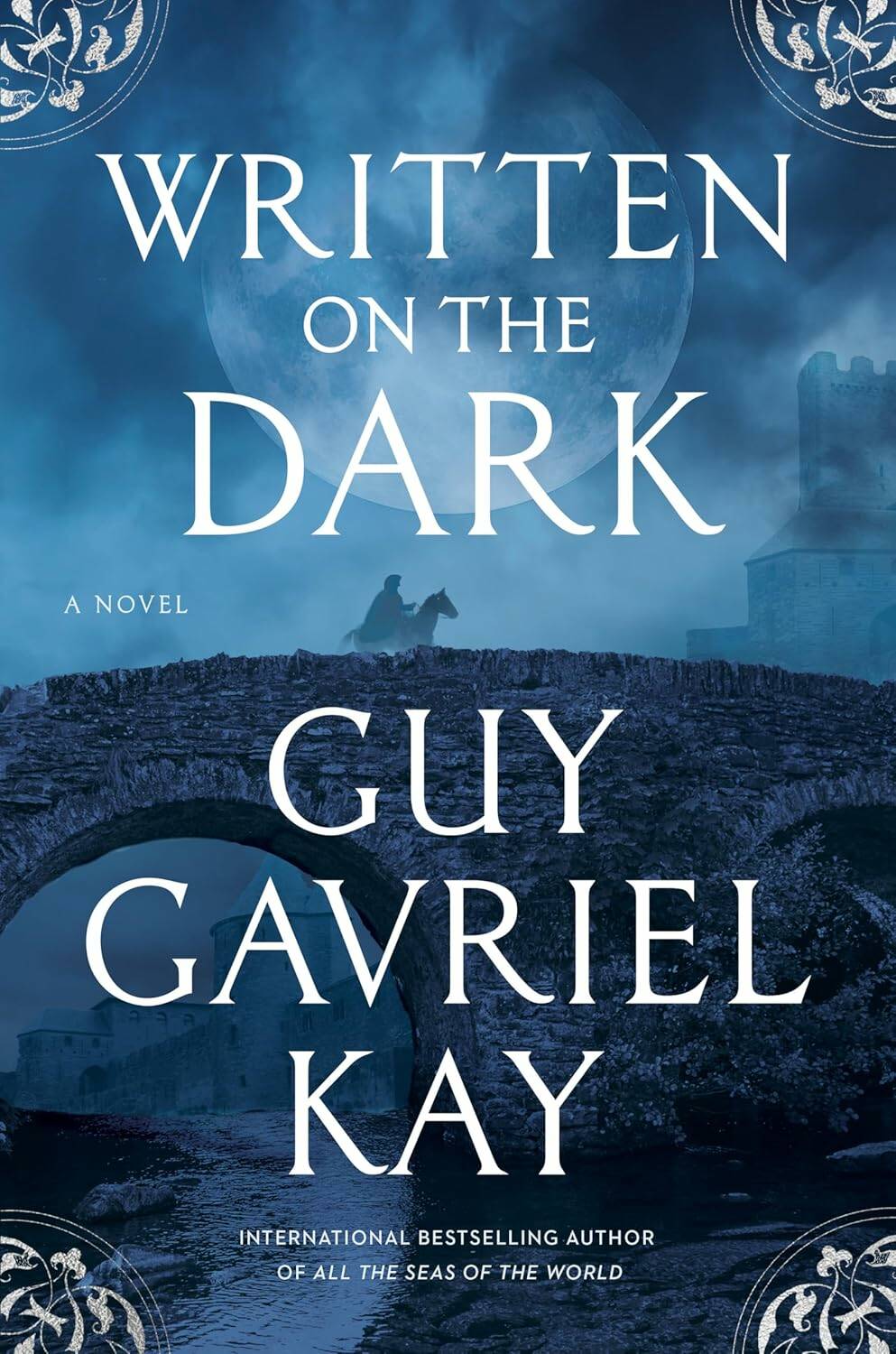Clever tavern poet shines in Kay’s latest medieval romp
Advertisement
Read this article for free:
or
Already have an account? Log in here »
To continue reading, please subscribe:
Monthly Digital Subscription
$0 for the first 4 weeks*
- Enjoy unlimited reading on winnipegfreepress.com
- Read the E-Edition, our digital replica newspaper
- Access News Break, our award-winning app
- Play interactive puzzles
*No charge for 4 weeks then price increases to the regular rate of $19.00 plus GST every four weeks. Offer available to new and qualified returning subscribers only. Cancel any time.
Monthly Digital Subscription
$4.75/week*
- Enjoy unlimited reading on winnipegfreepress.com
- Read the E-Edition, our digital replica newspaper
- Access News Break, our award-winning app
- Play interactive puzzles
*Billed as $19 plus GST every four weeks. Cancel any time.
To continue reading, please subscribe:
Add Free Press access to your Brandon Sun subscription for only an additional
$1 for the first 4 weeks*
*Your next subscription payment will increase by $1.00 and you will be charged $16.99 plus GST for four weeks. After four weeks, your payment will increase to $23.99 plus GST every four weeks.
Read unlimited articles for free today:
or
Already have an account? Log in here »
Former Winnipeg novelist and poet Guy Gavriel Kay has written another fantastical history novel that romps its way through medieval France.
Never averse to blending actual people and places, here Kay conjures a figure based on the thief and snarky poet, François Villon, in the form of Thierry Villar, a tavern poet who draws delight from his drinking companions and antagonism and attacks from the powerful, who he ridicules in a continuing series of character- revealing ditties.
This would have continued with all its bawdy consequences, but Villar is confronted with a death in the street that brings him into contact and conflict with affairs of state in Ferrieres (a recognizable France).

Ted Davis photo
Guy Gavriel Kay
His mixture of rat survival skills, wit and honesty serve him well as he observes and then is drawn into a potential civil war.
There are hints of J.R.R. Tolkien here as readers will remember Bilbo in The Hobbit, who was uprooted from his life to another world of strife and singular adventures.
Not surprising, as Kay worked with Christopher Tolkien in the publication of The Silmarillion after the elder Tolkien’s death. There is an obvious affection and a debt at work here.
Readers might be perturbed by the three-page list of characters (a partial list) at the start of the book, but all are clearly drawn and engaging, and only require an occasional flip back to keep who’s who straight.
And what a varied cast they are. Kay has avoided any mustache-twirling baddies, although pride, ambition and spite lead to violent deaths and an upset of any chance of peace, order and good government.
A great deal of research has gone into the writing. This shows in the description of the stand in for Joan of Arc. Kay has said that in the writing he wanted to save her. Purists will note that along with his careful descriptions of arms and armour, he has also reversed the outcome of the battle of Agincourt.
Elsewhere Kay has written he hopes his “historical fantasies” work for those who know the period as he looks for “new ways to approach the ‘central’ material of the human condition.”
The sexuality explored in Written on the Dark is on a sliding scale, which allows for a range of couplings as our hero moves beyond “love the one you’re with” to a deeper fidelity.

Written on the Dark
This makes for some very modern views on the human condition, although the novel was researched to feature a medieval setting along with the divine right of kings. Accompanying that, Kay often adds a summation of the action in italics that has a whiff of self-help books. This, as his characters reach for growth and understanding.
As the title describes, “Sometimes we retain the quiet moments that come in the midst of chaos, or after it. The city, my city, in the night. Our lives, written on the dark.”
Kay is a published poet himself with one of his books titled Beyond This Dark House. As with Thierry Villar, Kay has written of his connection to time and place which helps lift the novel above a simple swords-and-sandals outing.
Ron Robinson’s favourite poets are Rudyard Kipling and Robert Service.

